
Thank you for visiting HOJO website. If you have any enquiry, please feel free to get in touch with us at
▼ Akira Hojo
▼ Hojo Newsletter
▼ HOJO FACEBOOK





HOME > Oolong Tea >Phoenix Oolong Mi Lan Xiang
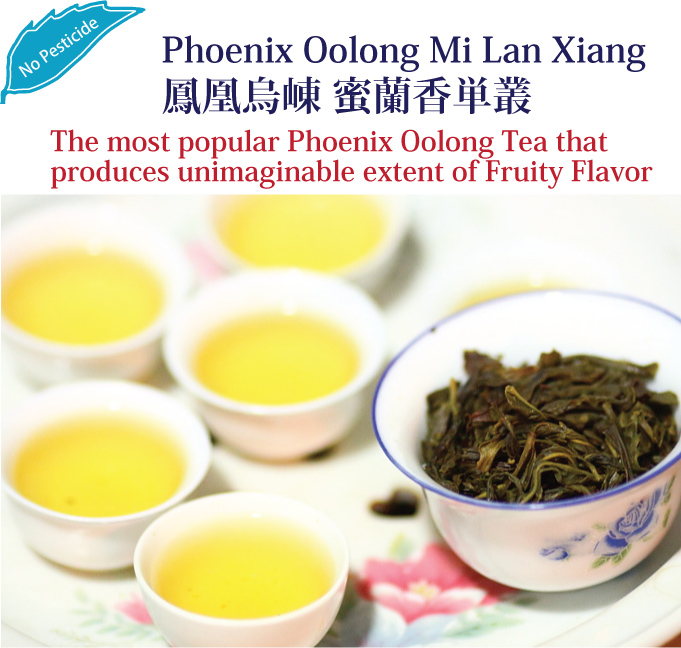
HOJO selected Phoenix Dan Cong oolong specifically from 烏崠山 :Wu Dong Shan. Wu Dong Shan is the highest peak among the Phoenix Mountains and is known to produce the highest quality tea.
More information about Phoenix Dan Cong >>
Phoenix Oolong Mi Lan Xiang (we will address it as Mi Lan Xiang from here onwards) is the most popular and well-known Phoenix Oolong among tea drinkers. The reason why it is so popular is that this tea gives an unimaginably pleasant flavor identical to fruits. Because of its fruitiness, many customers who had tried this tea for the first time usually mistaken Mi Lan Xiang as a flavored tea.
Mi Lan Xiang means honey (Mi) orchid (Lan) flavor (Xiang) in Chinese. I assume it is not easy for us to imagine how honey orchid may smell like. The most common feedback from the customers who tried this tea is "Lychee Flavor", "Mango Flavor" or "Peach Flavor". Usually we get bored easily if the tea gives too strong flavor. Mi Lan Xiang made from the garden tea is of this kind. It gives a strong aroma rushing up to the upper part of nostril. It gives a pale impression like a flavored tea. In fact, I have experienced enough with these qualities so far. Nowadays, I particularly look for the tea produced from the old trees. The Phoenix Oolong produced from those old tea trees gives a very strong after taste and intense flavor that lingers in the throat for a long time. Semi-wild grown old tea trees are called Dan Cong in Chinese. Its character is completely different from ordinary Phoenix Oolong produced from garden tea. The Mi Lan Xiang we selected is produced from trees aged about 100 years old. In fact, there are teas from much older trees. Nevertheless, we would like to position Mi Lan Xiang as an entry level tea of Phoenix Dan Cong, therefore we paid attention to balance its good quality with a decent affordable price.
The bushes in the photo are actually tea trees. These semi-wild grown tea trees are called Dan Cong. The tea trees are left unattended without applying any pesticide or fertilizer. As a result, these trees grow much slower and produce less output of tea leaves, yet the quality of tea tends to be very outstanding.
Please click any photo below to enlarge it.
 |
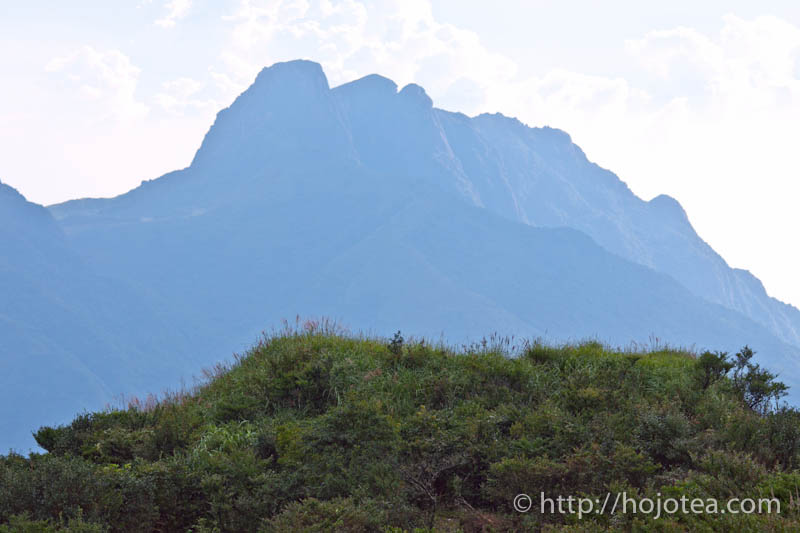 |
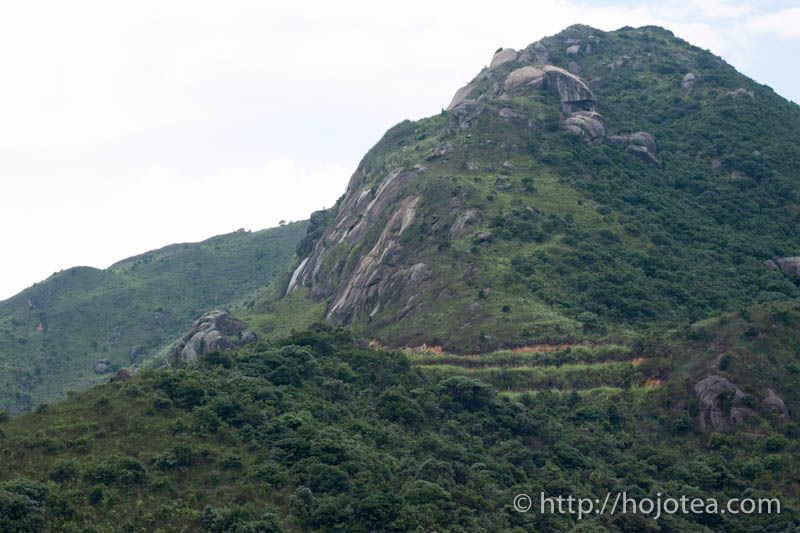 |
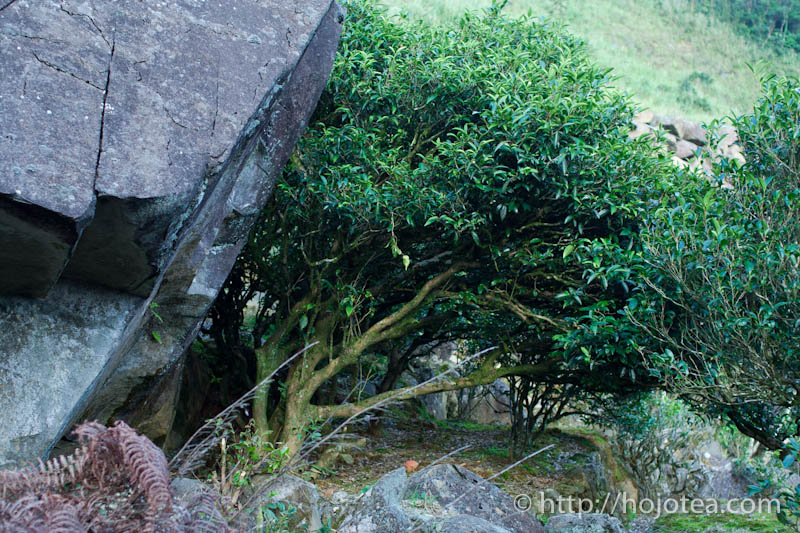 |
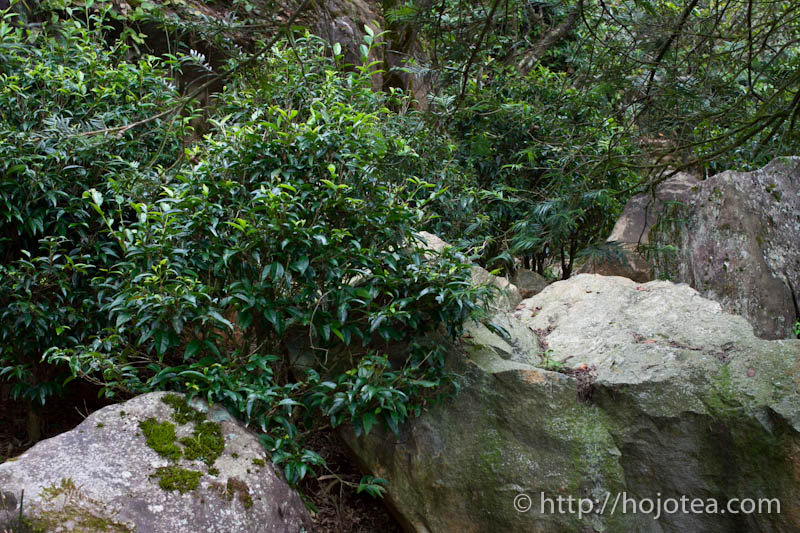 |
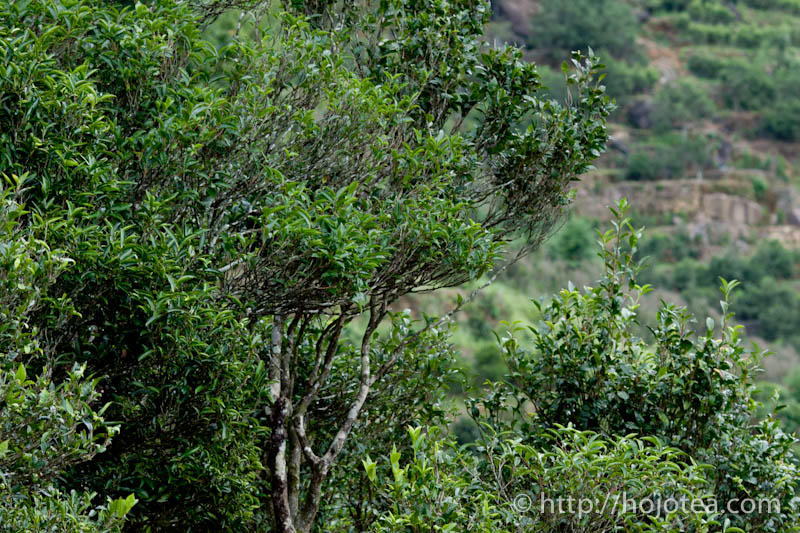 |
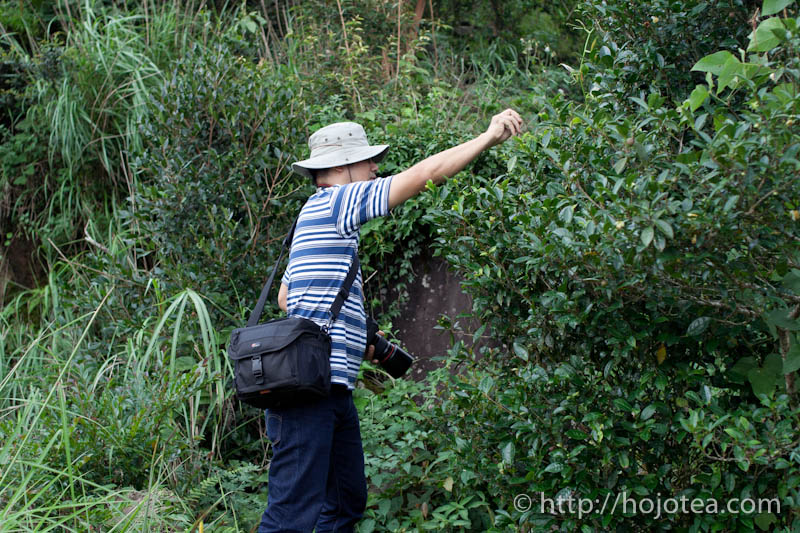 |
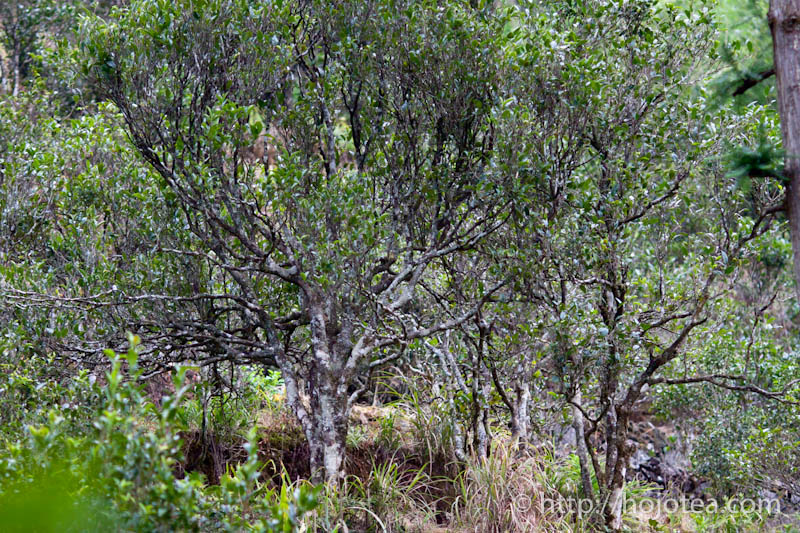 |
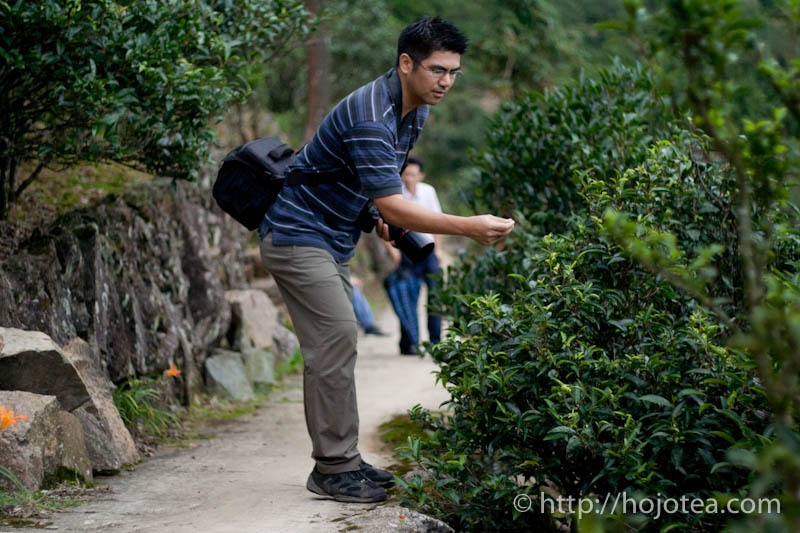 |
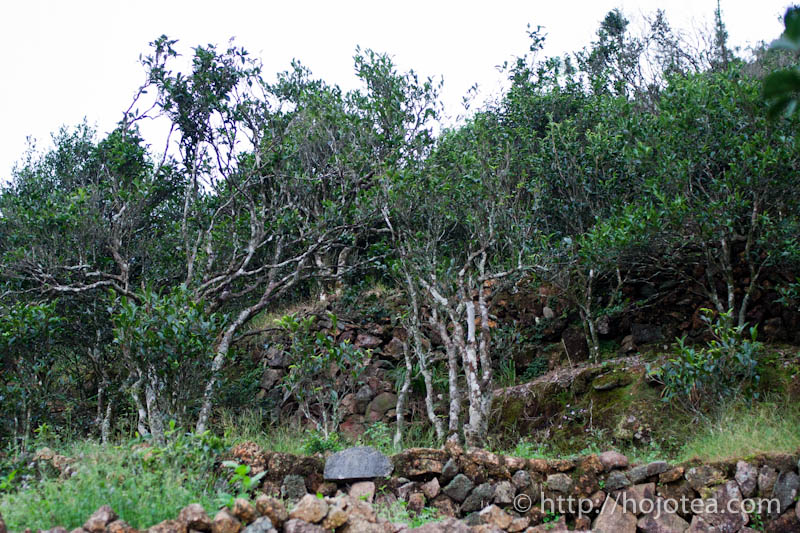 |
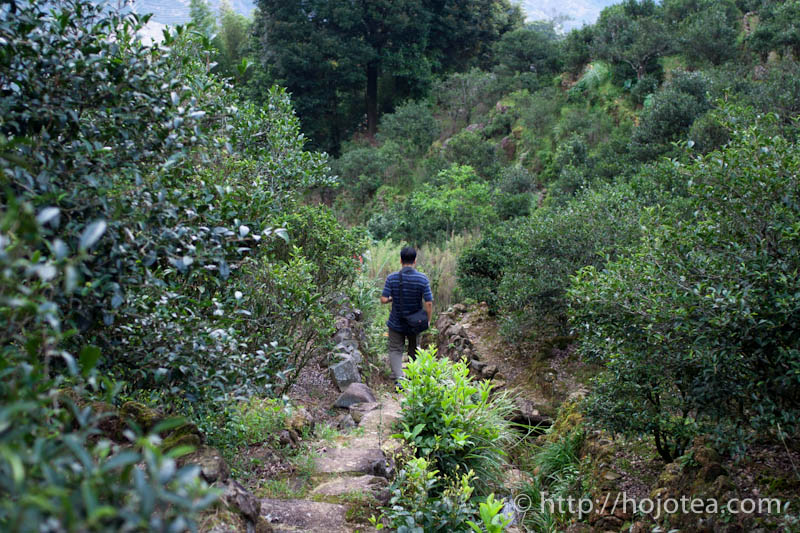 |
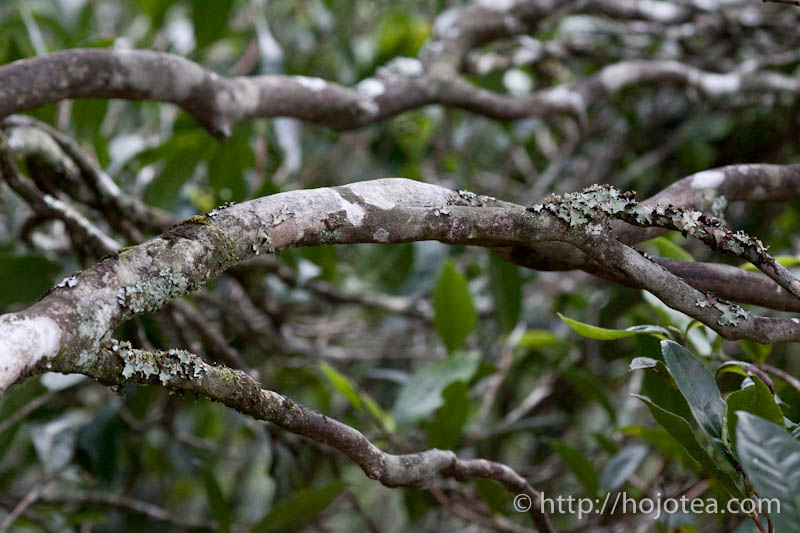 |
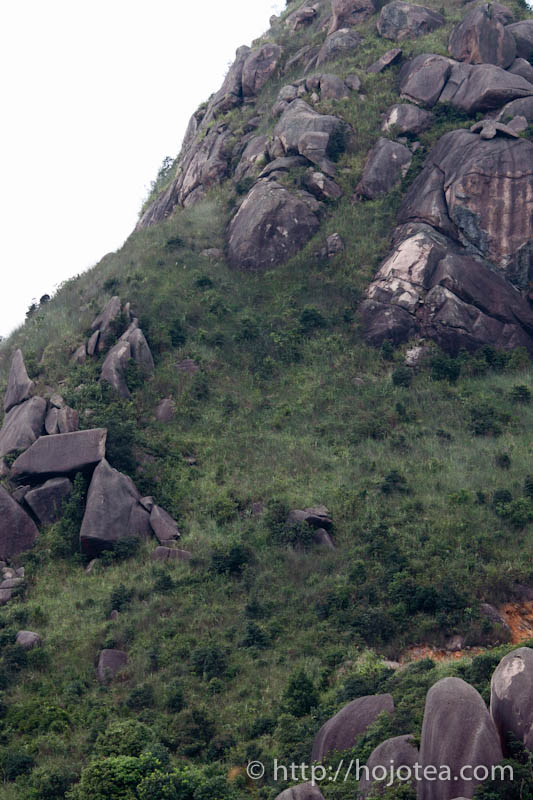 |
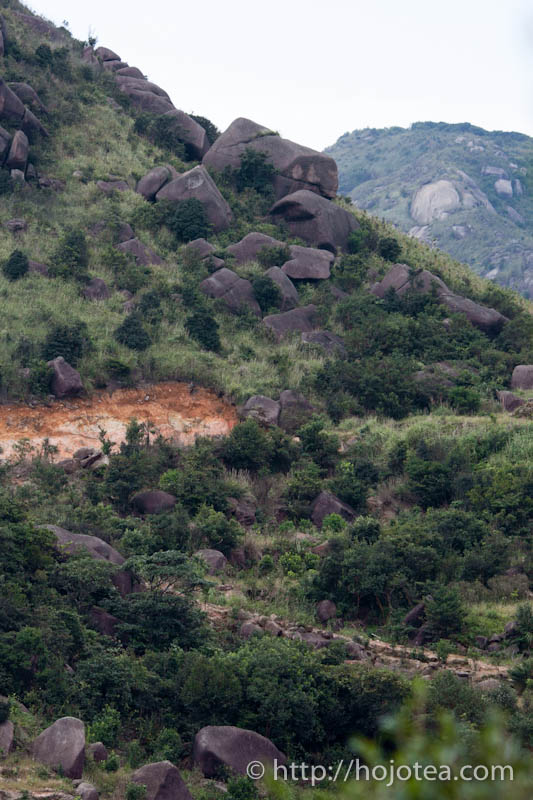 |
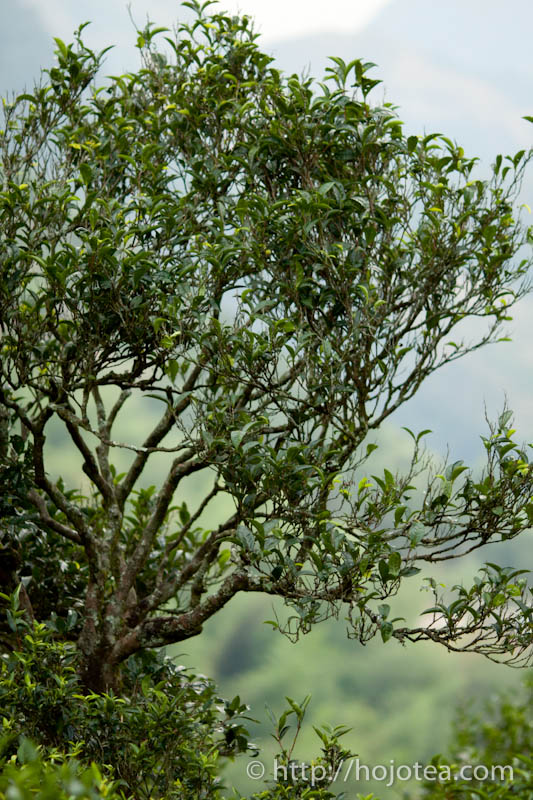 |
 |
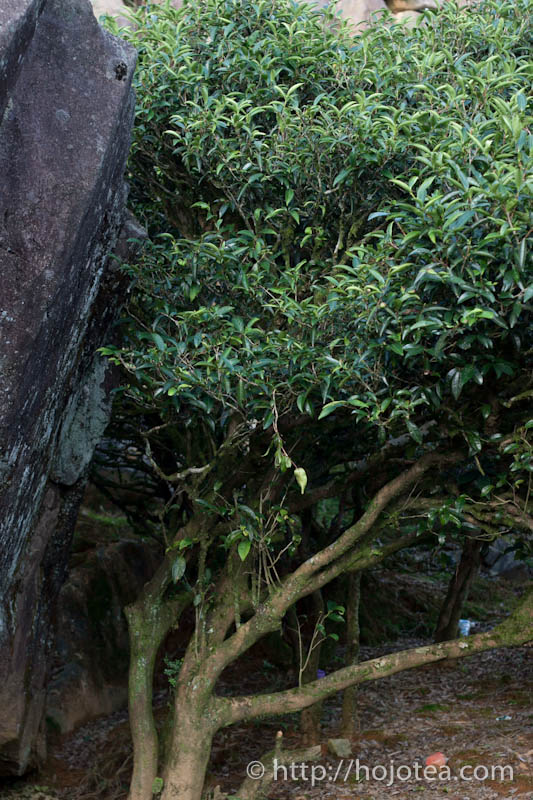 |
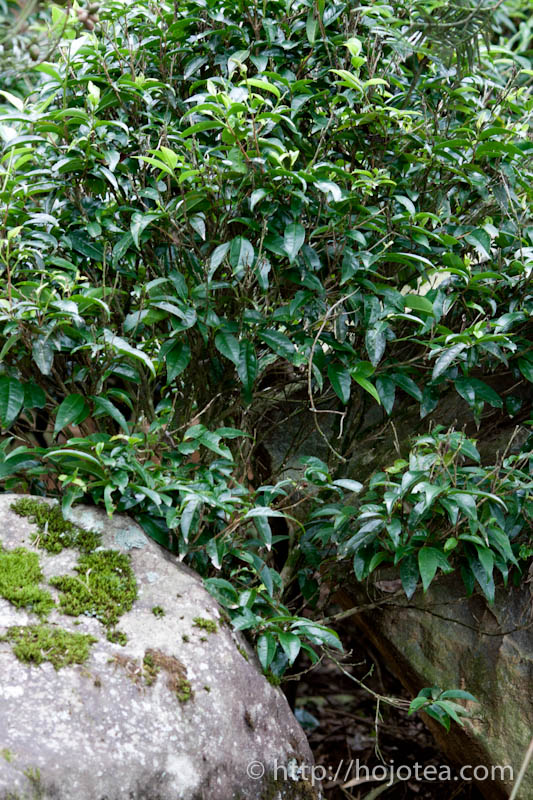 |
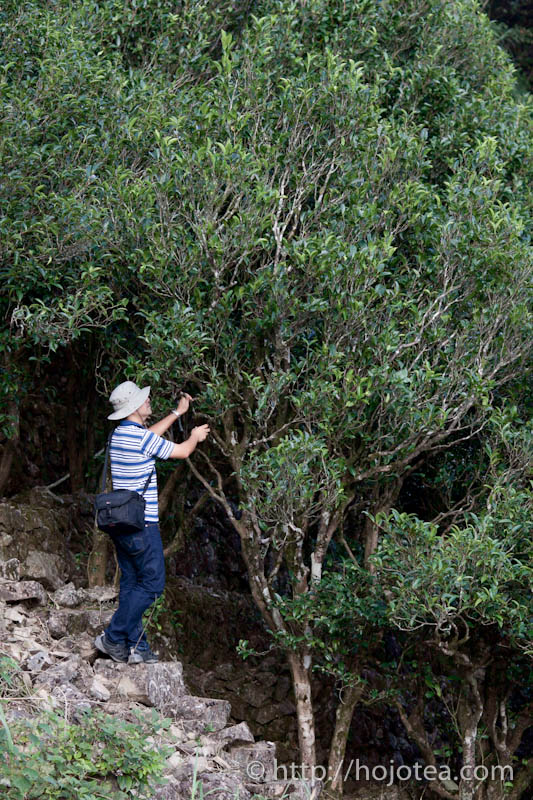 |
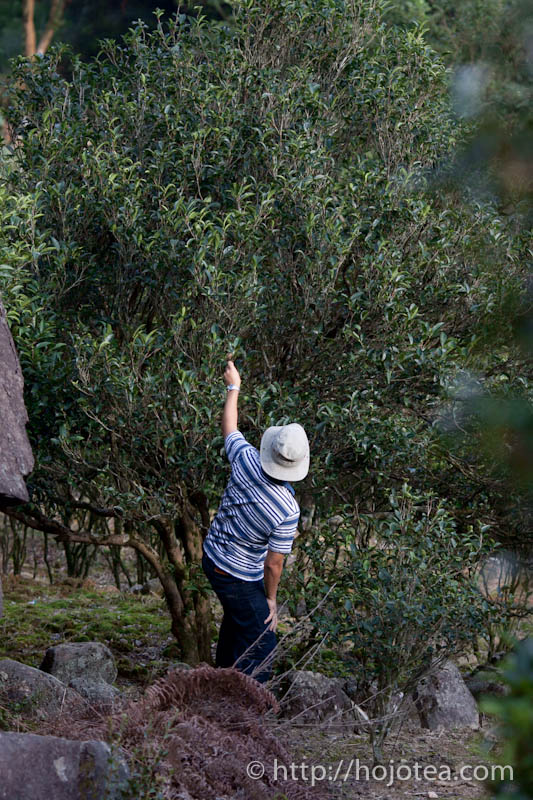 |
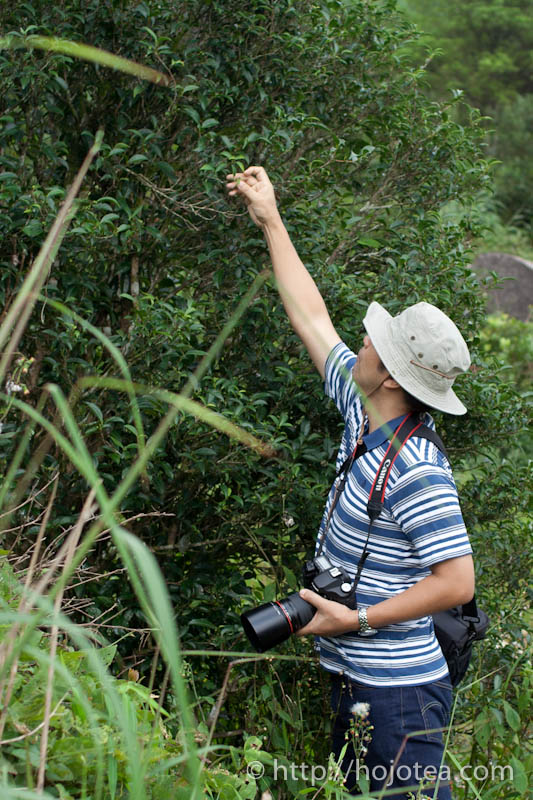 |
 |
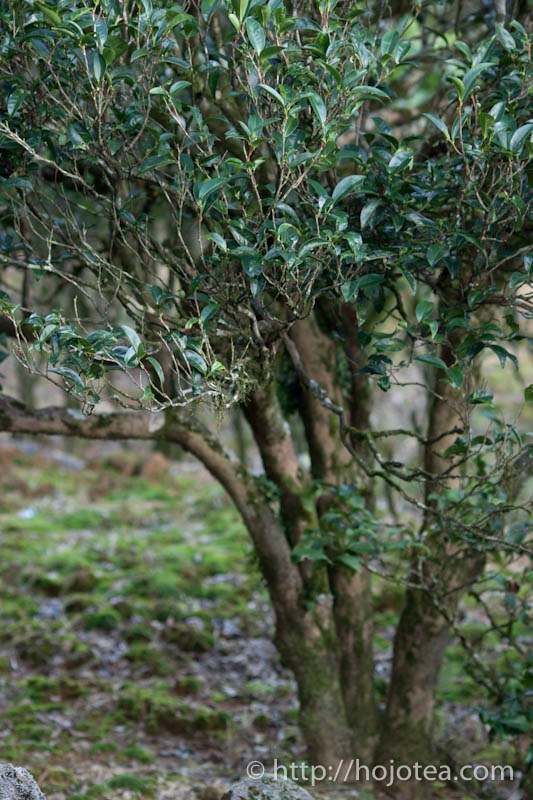 |
In you are using tap water to brew tea, it is necessary to filter tap water using activated carbon filter. If not, you wouldn't be able to enjoy the authentic taste of tea. Chlorine is added to tap water in order to get rid of bacteria. But this chlorinated water will also harm our body cells. Concerning about our health condition, it is very important to remove chlorine from drinking water. The most effective method in removing chlorine is to install an activated carbon filter. This type of filter is designed for removing organic substance. It will remove not only chlorine, but also other harmful substance such as pesticide. The activated carbon filter can be easily obtained from the common hardware shop in most countries. If activated carbon filter is not available, please place a charcoal inside the water and leave it overnight. The material composed of activated carbon filter is made of ground charcoal. The difference is that activated carbon filter contains much finer particles and hence it has extremely huge surface area for a better efficiency in filtration. We do not suggest RO water (reversed osmosis water) or distilled water. This water carries no mineral, the taste and flavor of tea tends to be very unstable.
Phoenix Dan Cong tea is the oolong tea that is very peculiar. It does not get along with many kinds of material used for teapots. For example, it is not suitable to use Banko, Shigaraki, Watanabe Tozo's Sado clay tea pot. As far as I ascertain, the clay in my lineups that works very well with Phoenix Dan Cong tea is Tokoname red clay made by Gisui, Sado Oxidation and Reduction Clay by Shimizu Ken and Nigata Tsuiki-Doki Teapot. As for reduction Sado red clay by Shimizu Ken, it increases the intensity of after taste. But it reduces the flavor. Thus oxidation clay is more suitable unless you are very particular about the after taste. Based on my experiments, the Phoenix Oolong produced from the garden tea can be used with any kind of clay teapot.
Plase note that the above finding is based on using my own water both in Japan and Malaysia.
I have also checked the affinity of Phoenix Dan Cong tea with various kinds of Yi Xing and Chao Zhou clay teapot. In fact, there is no hard and fast rules on which the color of clay works well with this tea. I have tested more than 10 different kinds of Yi Xing red clay (hand made by famous potters) and found that only about 40 to 50% of the red clay teapots perform very well with Phoenix Dan Cong tea, while the rest of teapot made the taste and flavor of this tea extremely flat. A lot of customers believe that Chao Zhou clay works very well with Phoenix Oolong. You may well believe so since Phoenix Mountain is situated in Chao Zhou city. However the affinity with Chao Zhou clay is also depending on specific type of clay that potter used in production. Some clay works very well and yet some clay are so poor that they killed off the flavor of Dan Cong tea. We usually suggest customers to brew Phoenix Dan Cong tea using glass, porcelain or bone China. If you wish to examine whether or not your clay teapot works well with Dan Cong tea, please pour the tea that is brewed in glass, porcelain or bone china into your clay tea ware, and then taste each tea one after another. If you detect a deeper after taste and stronger flavor on clay-treated tea, it means your clay is suitable for this peculiar tea.
Once a bag of tea is opened, please finish it within 3 months if you wish to enjoy its freshness. From the medical point of view, it is safe to consume the tea even if it is kept for a few years. However the freshness disappears if it is kept for too long. Tea must be tightly sealed before it is kept. Tea should be kept in ambient and dry conditions such as in the living room, but it must be completely away from humidity. Tea should not be kept in the kitchen as the environment is very humid. Avoid enclosed area such as inside the cupboard or drawer as these places are damp. Also avoid opening the bag of tea in humid atmosphere. It is recommended to open the bag during a sunny day or under air-conditioned atmosphere. Once tea leaves absorb moisture, deterioration of tea will be triggered within a few days. Tea will then give an astringent taste, sometime it tastes sour. The fresh aroma also becomes weaker.
The quality of tea lasts longer if it is kept in the fridge. However we strongly recommend you not to keep tea in the fridge. When tea is withdrawn from the fridge, there is usually condensation. Once tea is exposed to moisture during condensation, the quality will deteriorate within a few days. The higher moisture content in the tea leaves will trigger oxidation and it will completely destroy the quality of tea.
Here’s one frequently asked question: what happens if bag is sealed using tape or tea is packed in zipper bag and kept inside the fridge?
For your information, these simple sealing methods are not sufficient. When the bag is withdrawn from the fridge, it is cold inside the bag and therefore causes negative pressure. Air will be drawn from outside and condensation will occur. In addition, if the bag is taken in and out from the fridge very often, this will cause heat stress to the tea leaves as temperature is increased and decreased very frequently. If tea is kept in the fridge, when it is withdrawn from the fridge, it is necessary to leave it in ambient atmosphere for more than 24 hours in order to warm up the tea leaves. Based on our experience, 12 hours is not long enough. We may think tea is warmed up, but inside the bag, the tea leaves are still cold due to insulation effect.

Please feel free to send us e-mail for enquiry at:

 |
We accept various kinds of credit card through Paypal.
Only if customer prefer other option of payment, we suggest "Bank Transfer".
Various choice of shipping method
EMS, SAL, Small Packet, Small Packet (SAL) Yamato Express and Surface
For shipping tea, we usually suggest small air parcel, the estimated shipping cost of tea in 100g (with wrapping material ) is
Small Parcel
USA JPY 600, EU JPY600 and Asia JPY470
Small Packet (SAL)
USA JPY380, EU JPY380 and Asia JPY320
The shipping fee to oversea by small air parcel happens to be even cheaper than domestic shipping fee in Japan.
For your information, some countries, EU in particular imposes custom duty. We need buyer to bare the duty. We are sorry, but we cannot change the amount on the invoice, and we do not mark any packages as gifts. We will strictly follow the custom regulation.
A GIFT FROM THE MOUNTAIN
since 2006
Copyright (C) 2006-2007 HOJO co.,ltd. All Rights Reserved.